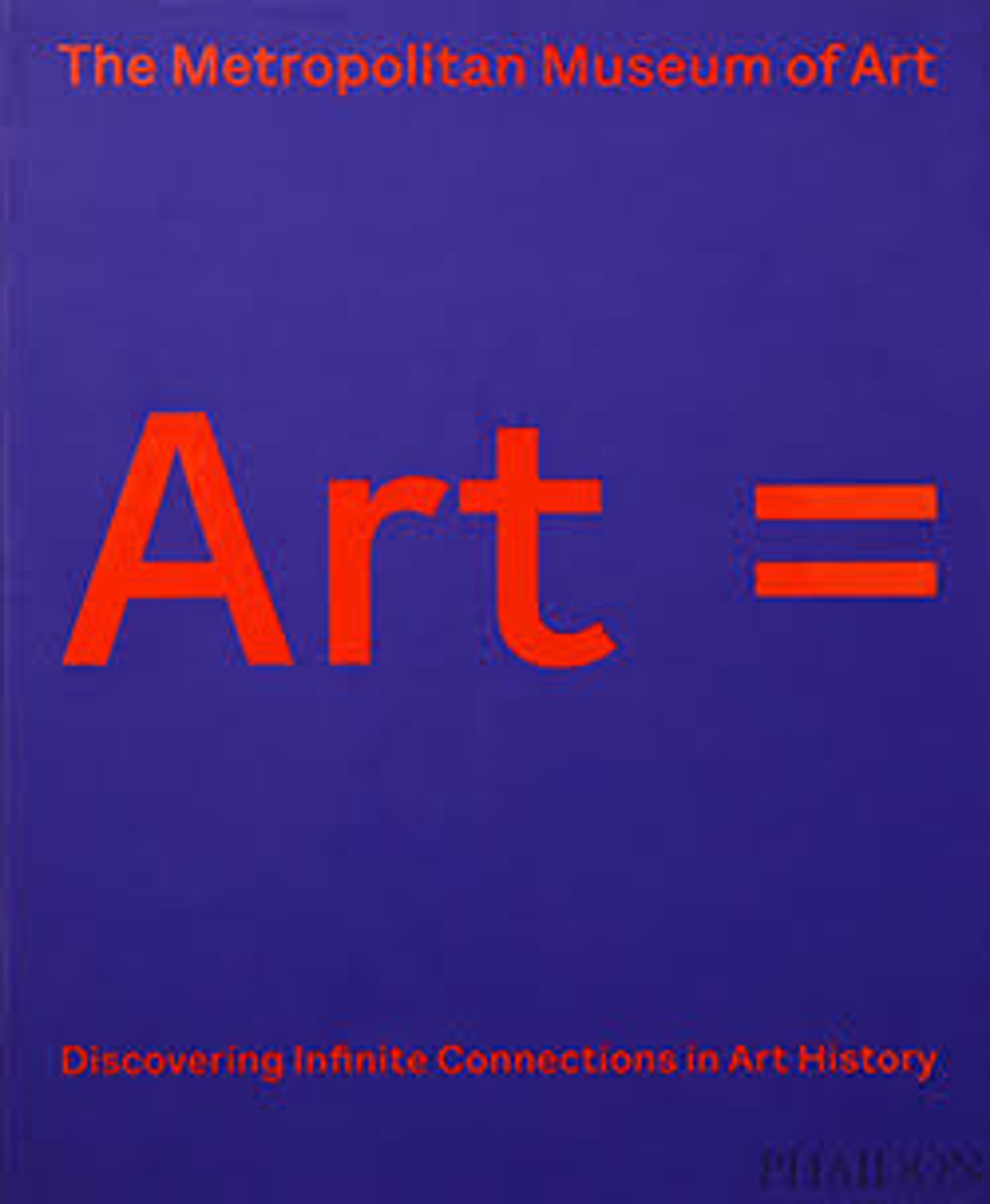A Knight of the d'Aluye Family
Across three generations, men of the d’Aluye family of France embarked for the Holy Land, their mission to reclaim it for European Christians and redeem their own souls. The pride of this knight was such that he chose to be presented for eternity as a heavily armed—but prayerful—warrior. His sword does not match his armor; its form is typical of Chinese weaponry. Did he purchase it in a market of the Holy Land or forcibly wrest it from an adversary?
Artwork Details
- Title:A Knight of the d'Aluye Family
- Date:after 1248–by 1267
- Geography:Made in Loire Valley, France
- Culture:French
- Medium:Limestone
- Dimensions:13 × 33 1/2 × 83 1/2 in., 1197 lb. (33 × 85.1 × 212.1 cm, 543 kg)
- Classification:Sculpture-Architectural
- Credit Line:The Cloisters Collection, 1925
- Object Number:25.120.201
- Curatorial Department: Medieval Art and The Cloisters
More Artwork
Research Resources
The Met provides unparalleled resources for research and welcomes an international community of students and scholars. The Met's Open Access API is where creators and researchers can connect to the The Met collection. Open Access data and public domain images are available for unrestricted commercial and noncommercial use without permission or fee.
To request images under copyright and other restrictions, please use this Image Request form.
Feedback
We continue to research and examine historical and cultural context for objects in The Met collection. If you have comments or questions about this object record, please contact us using the form below. The Museum looks forward to receiving your comments.
